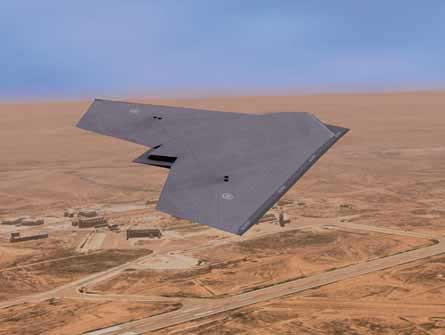BAE Systems says it will complete the first software release for its Taranis unmanned combat air vehicle within four months, while the cutting of metal for the demonstrator airframe will start in September.
The company also says that workshare flowing through to Australian industry on the £124 million ($243 million) UCAV development effort is estimated at A$15 million ($12.2 million).
Herman Claesen, BAE Systems business development executive for military utility UAVs, says the Taranis development schedule “is moving at a very, very fast pace”.
He adds: “We are cutting first metal in September this year and we are actually having our first design software drop in the summer of this year…Power-on, I believe, is at the end of next year.”
The UK Ministry of Defence is funding the UCAV demonstrator effort under contracts signed in December 2006. Ground testing of the Taranis demonstrator is planned for 2009 with its debut flight to take place at Australia’s Woomera range in 2010.
Julia Sutcliffe, UAV research leader with BAE Systems Australia, says that under the 3.5-year Taranis project “the workshare for the Australian office is approximately A$15 million”.

Artists impression of the BAE Systems Taranis UCAV demonstrator
BAE Systems Australia is to develop the Taranis “flight management system, which will be a triplex flight management system”, she says.
The Australian subsidiary will also develop the Taranis “flight navigation, guidance and control system; sensor and communications management; the ground control system; the intelligence, surveillance and reconnaissance management system; production of a test and training simulator; and provide support for integration and trials”.
In parallel BAE Systems Australia is expected to secure work on the BAE Herti endurance UAV project worth A$12 million. Sutcliffe says “it is similar workshare and a similar role” to the Taranis project.
Source: FlightGlobal.com



















